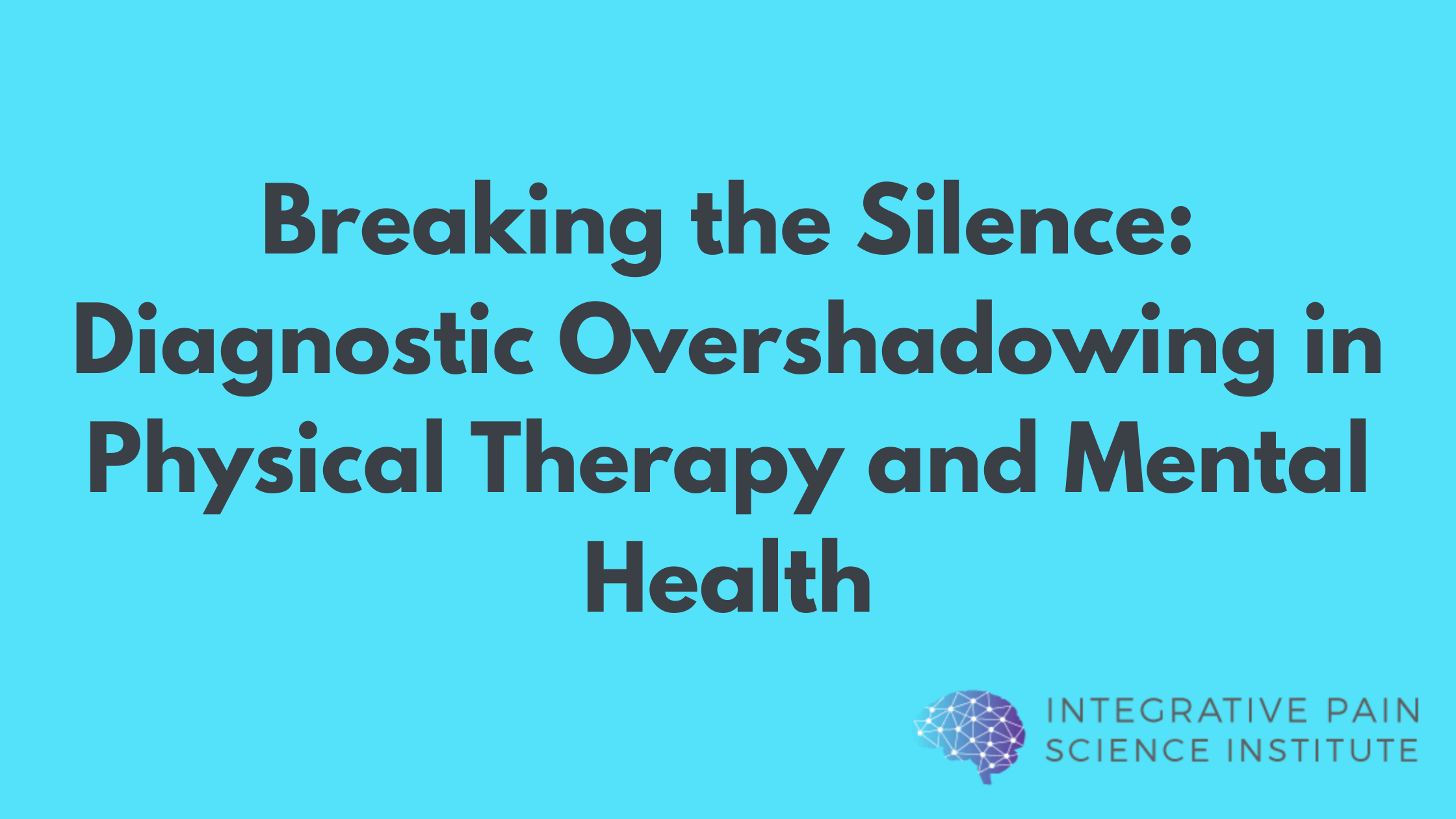When the Institute of Medicine referred to pain as a public health crisis, research into the adequacy and availability of pain care treatment in the United States was placed under the microscope to reveal large gaps in pain education. (1)
These gaps prompted the IOM and the draft National Pain Strategy to call for improved training of health care clinicians and other practitioners who work with people experiencing pain—including psychologists. (2) In 2014, American Psychologist dedicated an entire issue to pain management, reinforcing the relevance of this unresolved issue. (3)
This article explores 4 key insights regarding pain psychology services:
1) Psychologists’ current level of training
2) Self-reported competency and perceptions of expertise
3) Interest in pain psychology as a treatment modality
4) Barriers to pain psychology care
1. How Much Pain Training Do Psychologists Actually Receive?
Research funded by the National Institutes of Health and published in the journal of Pain Medicine reported that, of 323 psychologist respondents (4):
- 36.7% received little or no pain education or training
- 19.9% had some clinical experience
- 19.6% had some continuing education (self-study or conferences, etc.)
- 19.3% received pre- and/or post-doctoral training
- 4.7% received post-doctoral level training only
Pain education among medical doctors is equally disparate, with some schools offering as few as 5 hours over the course of 4 years’ medical training. (5)
2) Do Psychologists Feel Competent in Treating Patients with Pain?
The limited formal training psychologists receive in pain education shows up in the limited self-confidence that is expressed when asked whether adequately treatment is being provided for this patient population. When asked about their level of comfort in this area:
- 34.1% responded that they feel less confident treating pain patients than they do treating patients within other areas of general psychology.
- 33.8% reported they would benefit from more training and specialized education.
- 20% reported not feeling competent at all. (4)
Only 11.5% of respondents considered patients with pain to be their specialized area of interest.
3) Is There an Interest in Pain Psychology Training?
When the International Association for the Study of Pain (IASP) included both sensory and emotional dimensions in their definition of pain, psychology became a critical piece in the pain management puzzle, with pain psychology emerging as a successful treatment modality. (6)

There is a definite need for psychologists and other health care practitioners to enhance their skills and confidence in treating people with pain, and research has shown global interest in developing a continuing pain education curriculum among:
- Graduate and post-graduate directors of psychology programs
- Medical doctors who want to learn more about pain psychology and how it could benefit their patients.
Such broad support for an initiative that increases pain training and boosts competency among practitioners in the U.S. is promising.
There is a definite need for psychologists and other health care practitioners to enhance their skills and confidence in treating people with pain Share on X4) What are the Barriers to Care?
Some of the barriers to psychological pain care include:
- Patient reluctance
- Referral issues
- Long wait times
- Practitioner shortage
- Limited insurance coverage
- Accessibility (specialized information for psychologists on assessing pain)

These barriers underlie the current system’s failure to assist the growing number of Americans living with pain, as well as the potential risk of unqualified (albeit well-meaning) practitioners offering more harm than good with unsound or outdated recommendations.
In fact, according to a global needs assessment published in Pain Medicine in 2016, 44 of 323 psychologists reported that 75%—100% of their clients do have pain. (4)
These numbers are hard to ignore.
According to a global needs assessment published in Pain Medicine in 2016, 44 of 323 psychologists reported that 75%—100% of their clients do have pain. Share on XDr. Tatta’s simple and effective pain assessment tools. Quickly and easily assess pain so you can develop actionable solutions in less time.
Where Do We Go from Here?
Although an appeal to transforming the management of pain has been made, a revolutionary response, especially at the level of certification and policy implementation, will require special funds and strategizing. Modern pain practitioners from every profession are well positioned to enhance their skill set and offer patients psychologically informed pain care through supplemental study, education, and training.

Are you interested in learning more about pain psychology and how it might benefit your patients? Do you have clients who would benefit from techniques such as goal setting, pain management strategies, or mindfulness tools?
Click here to test your knowledge about pain, and find us on Facebook to share your experiences. We’d love to hear from you!
REFERENCES:
- IOM Committee on Advancing Pain Research Care. Relieving Pain in America: A Blueprint for Transforming Prevention, Care, Education, and Research. Institute of Medicine. Washington (DC): National Academies Press; 2011.
- NIH Interagency Pain Research Coordinating Committee. Available at: https://iprcc.nih.gov. Accessed November 18, 2018.
- Chronic pain and psychology. American Psychologist 2014. Special Issue. Volume 69;2:105-207.
- Darnall BD, Scheman J, Davin S, et al. Pain psychology: a global needs assessment and national call to action. Pain Medicine 2016;17:250-63.
- Mezei L, Murinson B, Johns Hopkins Pain Curriculum Development Team. Pain education in North American medical Schools. J Pain 2011;12:1199-208.
- IASP Task Force on Taxonomy. Classification of Chronic Pain: Descriptions of Chronic Pain Syndromes and Definitions of Pain Terms. Seattle: IASP Press; 1994.



